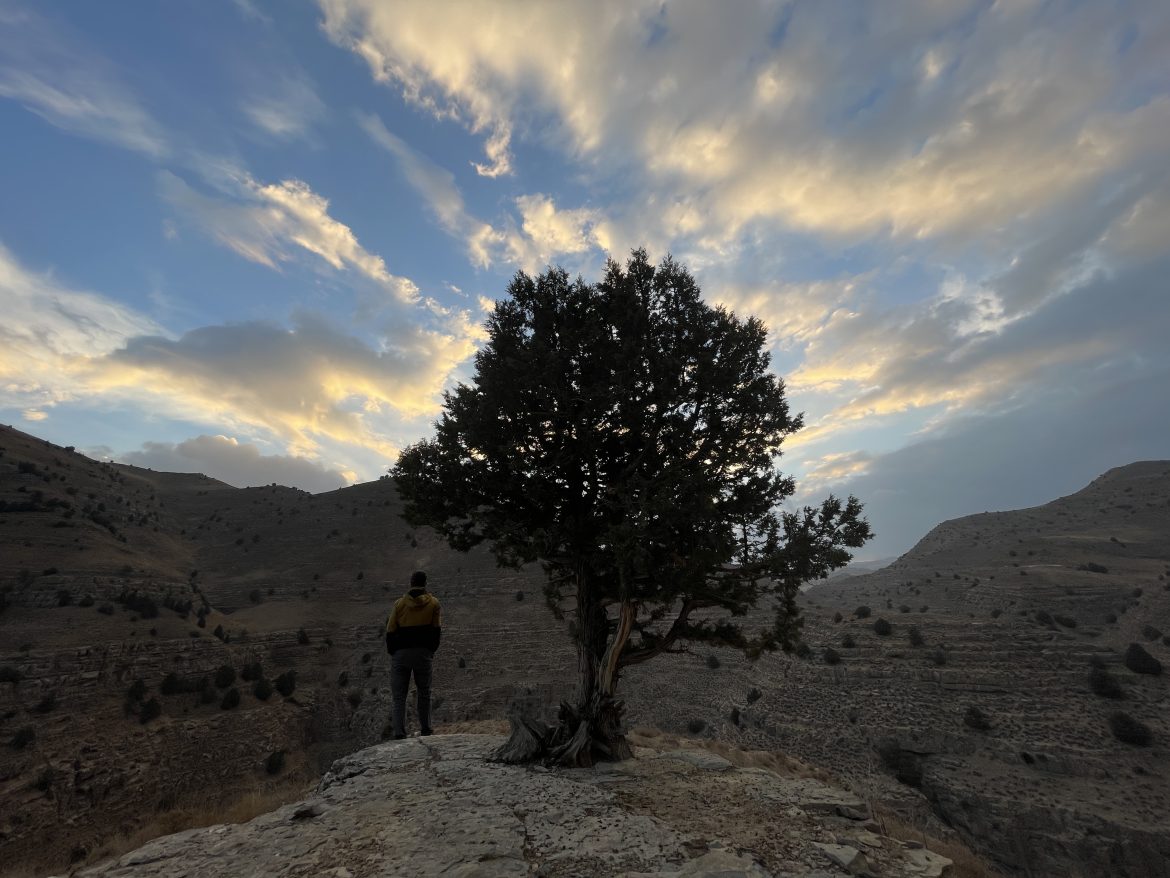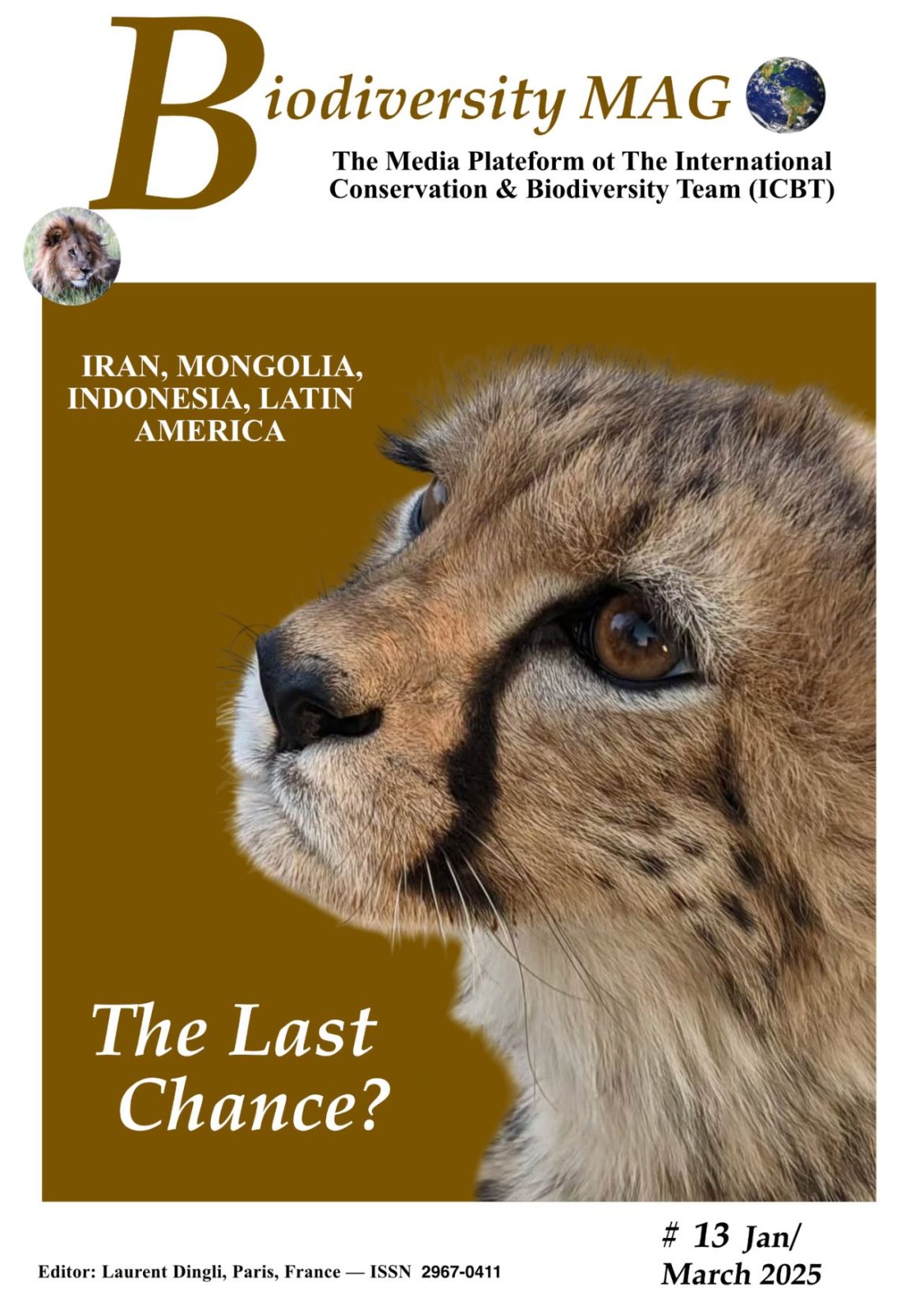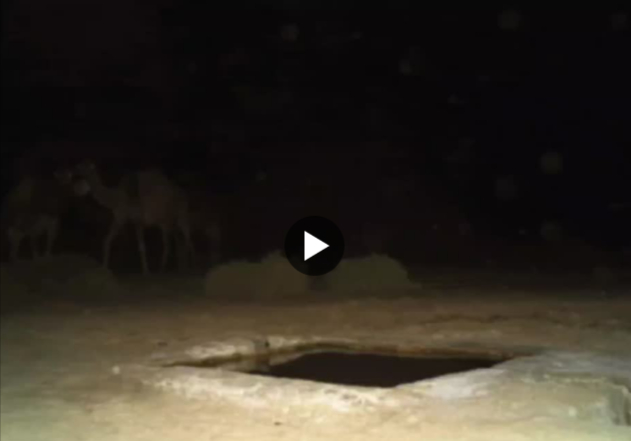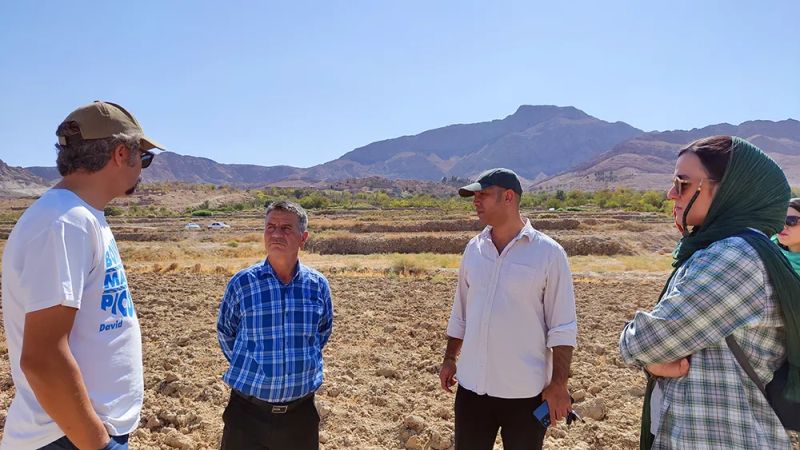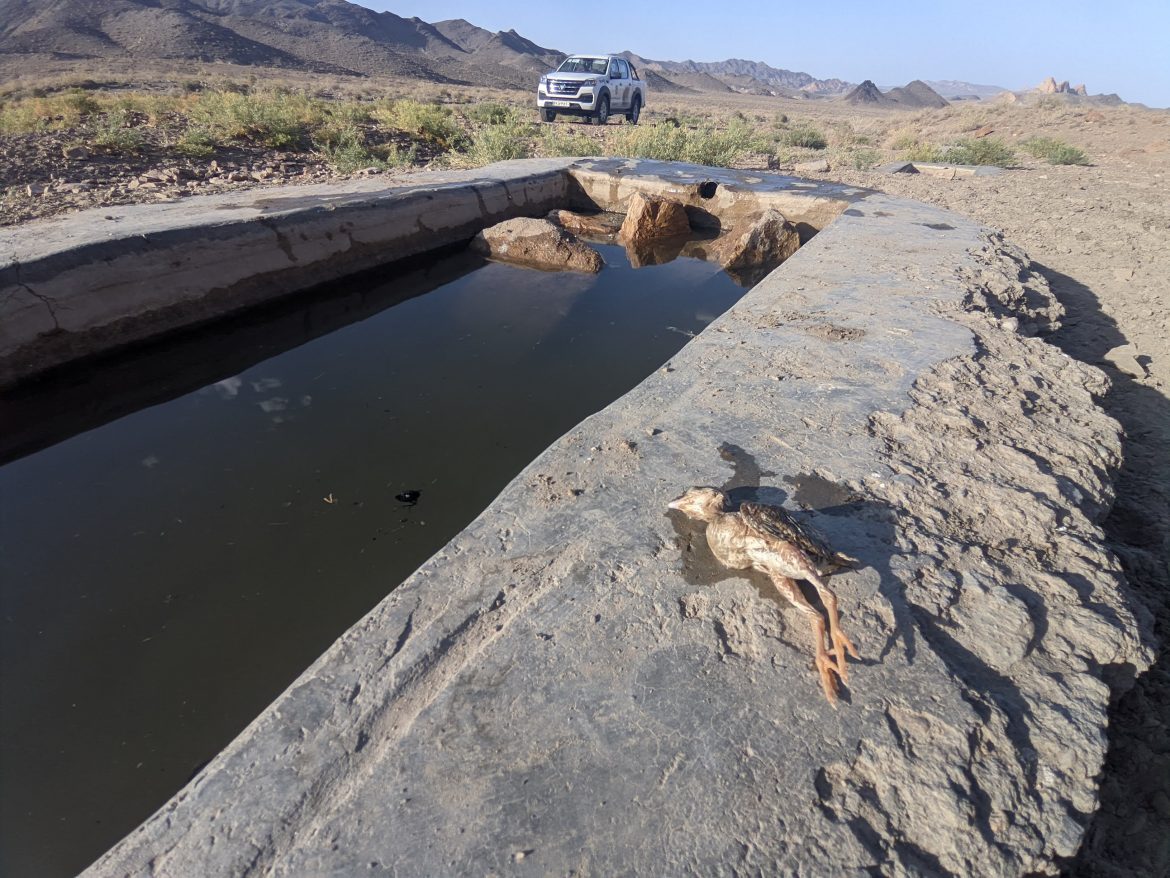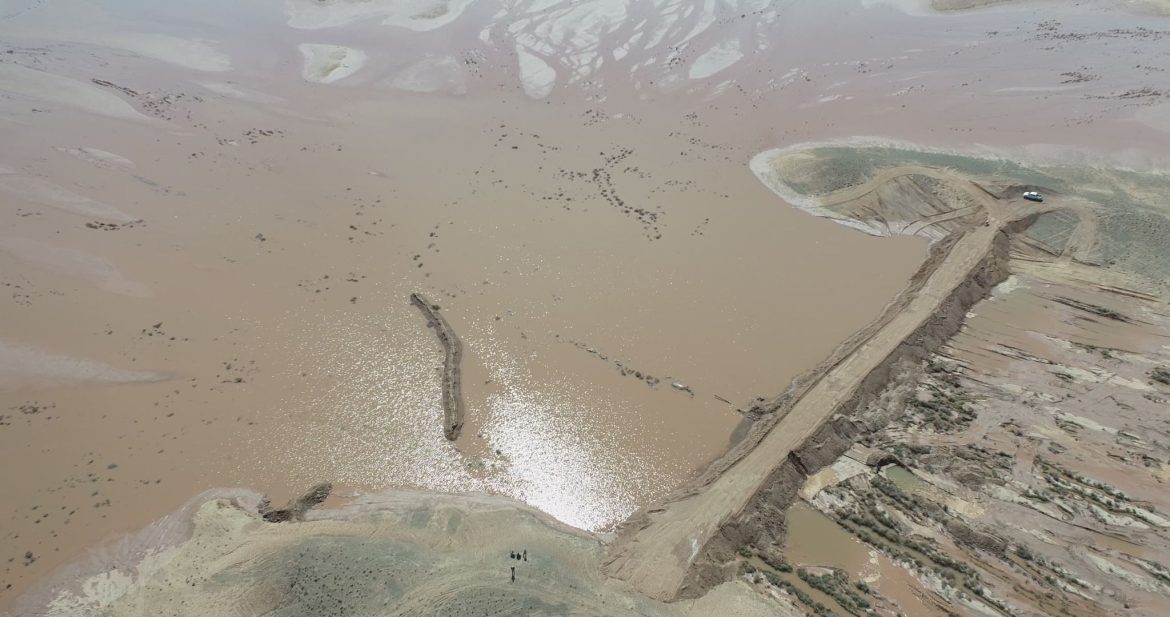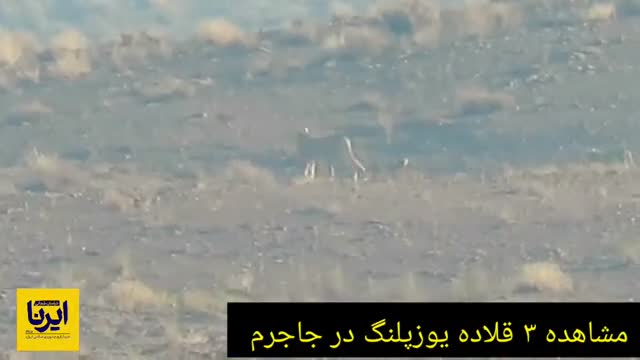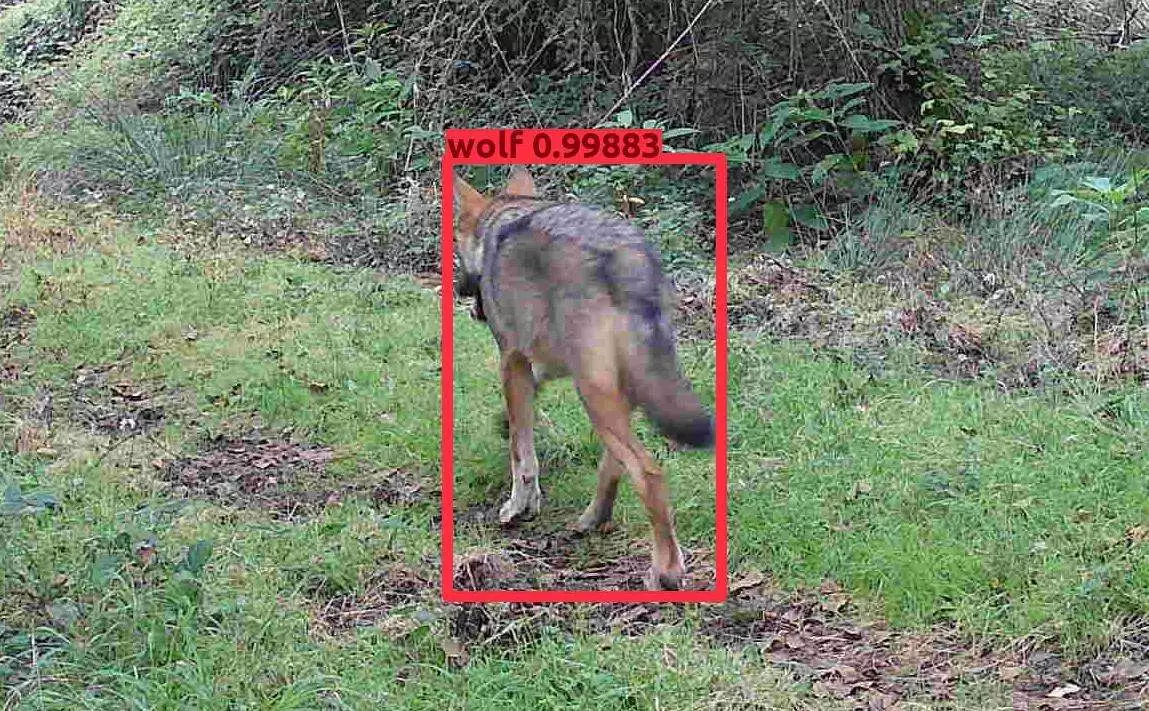If you’ve ever felt left behind by challenges out of your control, please know you’re not alone.
This past year, I faced a different kind of challenge: I couldn’t even set foot in the protected area where I’ve spent so much of my life and career. It was frustrating, even painful. At first, checking LinkedIn and seeing others’ progress only made the feeling of “being left behind” heavier. That reality was tough to accept.
But this forced pause gave me a chance to reflect and learn. My perspective shifted from focusing on just one species, like the Asiatic cheetah, to seeing the broader, more interconnected landscape. With my colleagues at Sarvin Wildlife Conservation, we started designing a program to restore the wider areas, especially those outside the borders of governmental protected areas, where people and wildlife coexist and both need more help.
I’ve learned that real resilience isn’t just about persistence or hard work. It’s also about accepting vulnerability and understanding that not every obstacle can be overcome simply by trying harder or gaining new skills. Sometimes, the journey itself, complete with setbacks and lessons, is what shapes us most. Now, as we prepare to launch a new desert habitat restoration project, I’m grateful for both the challenges and the opportunities for growth that came with them.
The marks left by this period are still with me, but so are the insights. Talking openly about failure, burnout, and feeling left behind shouldn’t be taboo. I think it’s important to normalize talking about failure, burnout, and doubt. These experiences are real, and they matter. I hope sharing this helps normalize setbacks and encourages support through every phase, not just the victories.
I’m honored to be featured in the latest issue of Biodiversity MAG, where I shared an in-depth conversation on the challenges of conserving the Asiatic cheetah in Iran, the urgent threats we face, and the practical steps that could help ensure the species’ survival.
In this interview, I also introduced our new organization, Sarvin Wildlife Conservation, and its mission to protect Iran’s big carnivores, restore degraded habitats, and strengthen community-based conservation efforts.
To understand the damage domestic camels are causing to wildlife habitat in Iran. In less than 17 minutes, a whole water trough and its supply can be emptied. Remarkably, some camels remain inside the waterpoint, waiting in hope that water will return.
What happens to natural springs?
Desert springs often have very low inflow rates and need time to refill. While the reservoir refills, many wild animals are left thirsty; they either search for alternate sources or must wait until water accumulates again.
The next night, wild animals that find an empty waterpoint often leave thirsty.
Rangers on patrol must detect and address these shortages quickly which shows how crucial adequate staffing and regular patrols are.
Beyond direct water consumption, think about grazing pressure: heavy grazing by livestock reduces vegetation cover. It diminishes prey availability, one of the main threats to the prey base of the Asiatic cheetah.
Every time rangers are called to remove camels from protected areas, it also consumes their time and energy.
Importantly: the presence of domestic camels in Asiatic cheetah habitat is now considered one of the major threats to the species. This adds urgency to finding long-term, rights-aware solutions.
Key point:
The sharp increase in domestic camel numbers in recent years shows that measures such as fencing waterpoints or periodically removing camels are only temporary fixes. This problem requires coordinated, high-level, inter-agency action and negotiation, not just isolated local responses.
I’m truly delighted that we have finally taken a concrete step into the realm of habitat restoration. Our new long-term partnership with the Qaleh Bala Village Council marks the beginning of ecosystem revival in the Touran Biosphere Reserve, one of the last strongholds of the Asiatic cheetah.
I am hopeful that this initiative will breathe new life into these critical habitats and pave the way for a sustainable future for both wildlife and local communities.
Read More Here
Access to clean and safe water in desert landscapes is crucial for wildlife. Our camera traps revealed that many species struggled with existing troughs—leading to drowning incidents, water contamination, and limited accessibility.
After months of research, collaboration with experts, and insights from dedicated rangers, we developed Iran’s first standard wildlife water trough in Miandasht Wildlife Refuge. Featuring dual pools for different-sized animals, a safe access ramp, evaporation-reducing materials, and a nature-compatible design, this innovation has already transformed the habitat.
📹 Two years of monitoring show remarkable results:
✅ Zero chick drownings
✅ New species recorded for the first time
✅ No maintenance costs
✅ Ranger-approved efficiency
This pioneering design is a model for future conservation efforts. Watch the video to see how it works and why it matters!
When discussing non-standard waterholes, the issue goes beyond small animals like chicks or hares struggling to access water. Even large animals like camels can die due to poor waterhole design.
📌 In this case, a domestic camel was trapped inside a waterhole. Camera trap footage later confirmed that it was unable to escape and tragically died after several days.
✅ When conserving a protected area, especially one dedicated to an endangered species, every detail of habitat management must be handled with extreme care. By the time we reached the waterhole, the camel had already died, and its decomposing body had severely contaminated the water.
🐪 In the following days, no other animals were able to drink from that waterhole. Now, imagine a cheetah mother with cubs visiting the same spot during the hot summer months. If she struggles to access clean water, she may face dehydration, illness, or even death.
📌 This case highlights that multiple factors—beyond just poaching—can contribute to species decline. Conservation efforts should go beyond protecting wildlife from hunters; habitat management plays a crucial role in their survival.
❌ The hyena has cut the camel’s head!
✨ In the next post, I will share our thoughts on this issue!
Innovative Water Management Transforms Desert, Raises Gazelle and Wildlife Numbers
In 2019, while visiting Iran, Simone Eckhardt received an idea from a ranger to build dams to control floods, improve water accessibility, and promote vegetation growth in the desert. This innovative water management has significantly benefited desert wildlife. Innovative water management desert wildlife efforts have shown positive results. After a few years, the impact of this initiative is evident. Not only has water been reserved for local wildlife and migratory birds throughout the year, but the population of gazelles, the main prey for cheetahs in the region, has also reached its highest recorded number, increasing from 1000 to about 5000 in just 6 years. Innovative water management desert wildlife projects like this are crucial for maintaining ecological balance. This success was made possible through investment in trial and error, along with initial funding from Stichting SPOTS, and by placing trust in the ideas of the rangers working on conservation efforts. Now, we are preparing to expand the idea to other habitats of Asiatic Cheetahs! Innovative water management for desert wildlife is key to future conservation efforts. 🤞
Protecting a species on the brink of extinction—fewer than 20 remain in the wild—comes with unique challenges. Achievements are rare, and discouragement often looms large. Striking a balance in such conditions is tough. You must cherish the small victories while ensuring setbacks don’t stop you.
Today, I want to share one of those small yet extraordinary victories that renewed our energy and gave us hope!
Six years ago, tragedy struck in one of the two areas home to the last remaining Asiatic cheetahs. Our last known cheetah in that region was killed in a road accident. The loss was devastating, leaving us deeply worried about the future. Still, we persevered. Year after year, we set up camera traps with the hope of spotting a cheetah, only to leave with nothing.
We trained rangers, scouted the surrounding areas, engaged local communities, and worked alongside them.
The head of the park once said: “We protect this area as if cheetahs are still here.” And with diligent conservation efforts, the gazelle population quadrupled in just six years!
This park director was experienced, passionate, and deeply committed. Together, we implemented a comprehensive conservation strategy. We tackled climate change impacts, restored vegetation, enhanced prey availability, and secured water for wildlife. Rangers and the park director were on the frontlines of this six-year endeavor, while we and our sponsors supported them by providing resources, training, and motivation—often when we were struggling to stay hopeful ourselves.
Last year, at the National Cheetah Day event, I told them: “Everything here is ready for the cheetahs to return. Stay hopeful and stay prepared.”
And then, just days before this year’s International Cheetah Day, at a moment when we were teetering on the edge of despair, I woke up to a message from the park director:
“This morning, we captured photos of a cheetah mother and her two cubs in Miandasht!”
What a Morning!
The collective efforts of countless individuals had finally borne fruit. For the first time in the history of Asiatic cheetah conservation in Iran, cheetahs had returned naturally to a region where they had once vanished. And we celebrated this monumental achievement.
Conservation means persistence, resilience, and unwavering effort. In Miandasht, we gave it everything we had—and it was worth it. 🌱🧡
This was one of the last but not least activities we did while I was with the Iranian Cheetah Society. It’s definitely one of the most important tasks we undertook. With the help of Peter van Lunteren at Addax Data Science, we incorporated a significant number of Iranian species, particularly desert species, into an artificial intelligence model. This means that Iranian researchers, who previously had to spend countless hours sorting through hundreds of thousands of images captured by camera-traps, can now use this model to easily categorize the images as they wish. By inputting all the camera images into the software, they can receive them categorized by species. This model is now available for FREE and supports the following category of species:
- Antilope
- bird
- camel
- caracal
- cat
- cheetah
- equid
- fox
- goat+sheep
- hyena
- leopard
- porcupine
- wolf+jackal
Peter was generous enough to provide this service for free due to the sanctions and financial difficulties in Iran. Thanks to this artificial intelligence model, the classification of images will now be much faster for large projects, such as monitoring the population of Cheetah, which can produce several hundred thousand images per year. This means fewer hours by computer and more hours on the field!
. For installation instructions, please visit the Addax website.
After six long years, the sighting and documentation of an Asiatic cheetah in the Miandasht Wildlife Refuge has brought valuable lessons for conserving this endangered species.
Miandasht, once the second most important breeding habitat for cheetahs in Iran, lost its entire population after the tragic roadkill of its last dominant male six years ago. Despite its small size, this habitat had long supported at least one and sometimes two cheetah families, thanks to its substantial prey base.
During these cheetah-less years, while many lost hope for their return, the park director and rangers never wavered in their commitment to conservation.
They worked tirelessly to increase prey numbers and resolve fundamental issues, protecting the area as if cheetahs were still present. This unwavering hope and effort have been the most profound lessons from this event.
For six years, we conducted camera trapping in the region without a single cheetah image, yet we never ceased supporting the area. The return of the cheetah reaffirms the critical importance of meticulously conserving corridors that allow cheetahs to reach former habitats. These corridors are vital lifelines between the Touran biosphere reserve, which is a source of the cheetah population, and other habitats.
Watch video here

